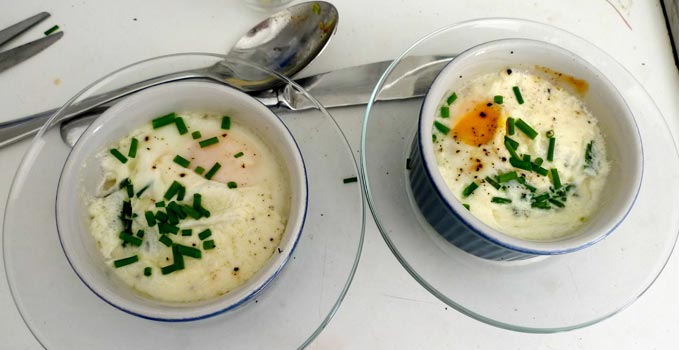
Life without colours is so boring. Black and white movies evolved into colour films just to make them more appealing. Similarly, a cupboard full of same coloured clothes does not appear that interesting. We are constantly looking for variety and more colours. The same when applied to eating, not only breaks the monotony but also benefits your body in several ways.
I remember, as a kid, my mother always emphasized on including a variety of fruits and veggies into my meals. She’d come up with all her innovative ways to make sure my meals are as colourful. Gradually, I got to know the reason why she used those tricks. She just wanted to ensure I get the maximum benefits from these colours.
Nature has provided us with numerous colourful fruits, vegetables, grains and herbs. Ever wondered where do they derive their colours from? Well, they contain compounds called Phytochemicals (also known as phytonutrients) which are responsible for the beautiful colours that these fruits and veggies flaunt. The more colourful a fruit or vegetable is, the higher its phytochemical content, especially if they are coloured all the way through (like berries) not just on the skin (like apples).
Phytochemicals basically form plant’s immune system as they protect the plants from UV rays, diseases and fungus. These wonderful compounds are so generous that they extend their benefits to humans as well. I would say a great deal of benefits.
They are known for their antioxidant activity, anti-inflammatory activity and the ability to enhance our body’s natural detoxification system.
Let me take you through some of the best Phytochemicals and their benefits-
- Carotenoids– Any fruit or veggie you see around which is red/orange/yellow or green in colour, contains carotenoids. They are potent antioxidants and immune boosters. Research has shown that they reduce the risk of heart disease and certain types of cancer.
- Flavonoids– This one’s famous! Out of all the phytochemicals in fruits and vegetables, it’s the flavonoids that we eat in the largest quantity. Guess which colours it contributes to… It’s red, blue and purple pigments. Studies have shown that their antioxidant activity is lot more powerful than vitamins C and E.
One of the flavonoids called “Isoflavones” present in soy, are known to reduce the cholesterol levels and thereby reduce the risk of heart diseases.
In women, isoflavones help reduce the menopausal symptoms and are beneficial for women’s overall health.
- Sulphur Compounds– These are found in naturally occurring whitish foods like garlic, onion, cauliflower, cabbage, mushrooms, grains etc.
These compounds also have been shown to have cancer fighting properties and are beneficial to cardiovascular health.
The incredible benefits of phytochemicals is one reason the U.S. Department of Agriculture/Health and Human Services focuses on having at least five servings of fruits and vegetables and several servings of grains every day.
So the next time you are out for shopping, make sure you load up your grocery cart with an array of fruits and vegetables to give yourself a phytochemical boost.
Since different coloured fruits and vegetables have different kinds of phytochemicals, it’s important that you choose a variety of colours in your diet so that you make the most of each phytochemical.
Get those colours and you get better health!






